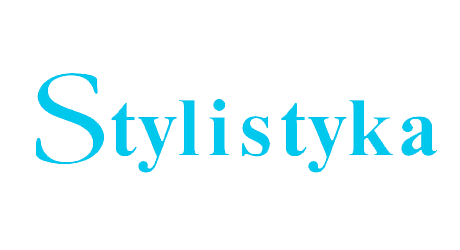

Proposal article is devoted to the problem 0f plot structure in work of art. As we know the plot is formed by placing line of events — actions of characters connected with crossing / getting out over special verge (border). Peculiarities of two plot structures dominated in connection with perception,experience of time. The mythological type of plot structure — continuing cycle of returning. The chain type of plot structure is represented by the idea of time as a line of following events.
The peculiarities of literary works are based on cyclic perception of time: 1) Lack of categories of the beginning and the end (text is the integral part of life and nature text). 2) Tendency to identify different characters which merge in one — God). 3) Persistence of topological world of myth (myth as static, constantly reproductive text).
At the same time there are the texts which describe some one-time event; they are out ofthese conformities of natural laws and not go in the mythological type of plot structure. They are in the sphere of contra-agent mechanism absolutely contrary from mythological mentality. This is the line type of the plot characterized chain organization of text; the events are casual.
Modern plot text is the result ofthe interaction between these two typologically primary structures. The analysis of the novel „" (For the Home Fire) by I. Franko (1892) demonstrates the example of this interaction.
Download files
Citation rules